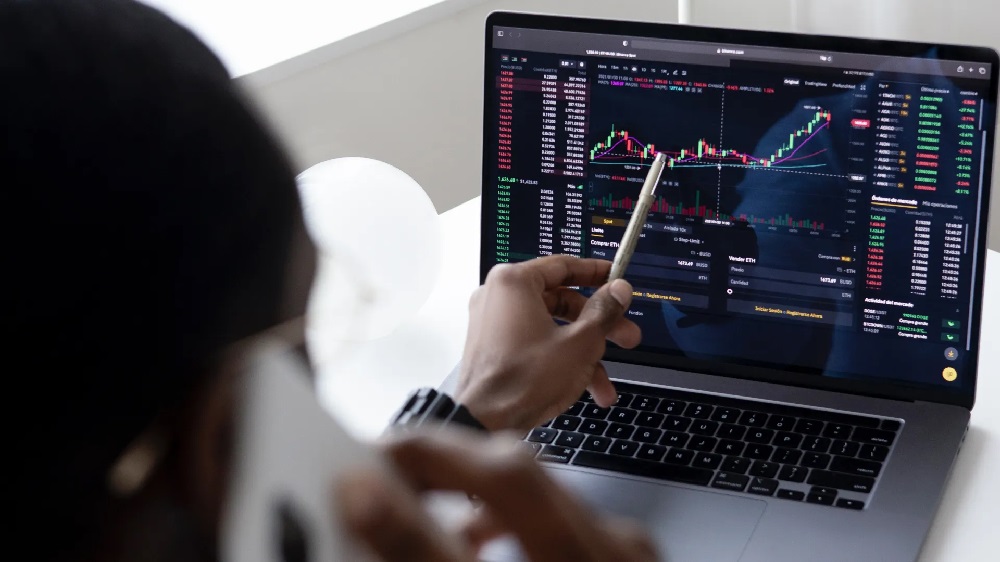Exchange-Traded Funds (ETFs) have rapidly emerged as an integral part of the global investment landscape, providing investors a cost-effective and convenient avenue to diversify their portfolios across various asset classes.
As Singapore’s dynamic financial market continues to evolve and thrive, investors increasingly desire a deeper understanding of strategically selecting suitable ETFs that align with their investment goals and risk appetite.
This comprehensive guide aims to assist you in navigating through the selection process by offering valuable insights, expert recommendations, and practical tips to maximise the potential of your investment journey.
Understanding ETFs
ETFs are investment funds traded on stock exchanges, similar to individual stocks. These funds are specifically designed to track the performance of an index, sector, commodity, or asset class. Investing in the exchange traded funds market allows investors to gain exposure to various assets without purchasing each asset individually.
This exposure provides diversification and flexibility in managing investment portfolios. With ETFs, investors can participate in the potential growth and returns of different market segments, making them a popular choice for those seeking a well-rounded investment strategy.
Factors to consider when selecting ETFs
Several crucial factors should be considered when choosing ETFs for your portfolio in Singapore.
Fees and expenses
Fees and expenses directly impact the performance of an Exchange-Traded Fund. Therefore, it is crucial to thoroughly evaluate and consider the associated charges when selecting such funds for investment.
Some common types of fees that investors should pay close attention to include management fees, which cover the cost of overseeing and managing the fund’s assets. Custody fees are charged for the safekeeping and administration of the fund’s assets and other administrative costs, including legal and operational expenses.
Risk level
When selecting ETFs for your portfolio in Singapore, your risk tolerance level is vital. It is crucial to carefully assess and understand your risk tolerance, as this will determine the appropriate asset classes to diversify your portfolio. By considering the degree of risk you are willing to take, you can maintain a well-balanced portfolio that aligns with your financial and investment goals and preferences.
Track record
When selecting ETFs, investors should carefully evaluate their track record, considering whether they have consistently performed as expected and compared to their respective benchmarks.
This analysis can be done by thoroughly examining the fund’s historical performance, including yearly and quarterly returns, to comprehensively understand its past performance trends and potential future outcomes. By delving deeper into these details, investors can make more informed financial and trading decisions and optimise their investment strategies for long-term success.
Liquidity
When considering the inclusion of an ETF in your portfolio in Singapore, it is crucial to assess its liquidity. Generally, more liquid ETFs tend to exhibit tighter bid-ask spreads and higher trading volume, indicating a deeper and more active market for security. It can benefit investors by implying better price discovery and lower transaction costs. Therefore, evaluating an ETF’s liquidity is essential in making informed investment decisions.
Portfolio diversification with ETFs
Diversification is critical in managing risk and attaining well-rounded returns in your investment portfolio. With their wide-ranging exposure to diverse asset classes or sectors, exchange-traded funds offer an effective and efficient approach to diversifying your investments.
By understanding the significance of ETFs in diversification and carefully selecting the appropriate ones that align with your specific investment strategy, you can optimise your portfolio’s potential for success.
Rebalancing your portfolio with ETFs
Over time, market fluctuations can cause your portfolio to drift from its original asset allocation, potentially deviating from your current risk tolerance and investment targets. This misalignment can affect the overall performance and stability of your investments. That’s where the importance of rebalancing comes into play.
Rebalancing involves adjusting your investment holdings to restore your desired asset mix. By strategically using ETFs (Exchange-Traded Funds), you can effectively rebalance your portfolio and return it to your investment goals. ETFs offer diverse investment options across various asset classes, making them a valuable tool for achieving your desired asset allocation.
With the help of ETFs, you can efficiently reallocate your investments, ensuring that your portfolio reflects your risk tolerance and desired investment targets. By periodically rebalancing using ETFs, you can maintain a well-diversified portfolio and potentially enhance your long-term investment performance.
Final thoughts
ETFs are a viable option for investors looking to diversify their portfolios. However, it is essential to carefully assess the associated fees and expenses, risk level, track record, and liquidity when selecting ETFs for your portfolio in Singapore. By keeping these tips in mind, you can be better equipped to make more intelligent and strategic decisions when trading ETFs. With the proper knowledge and perspective, you can maximise the potential of your investment journey moving forward.












